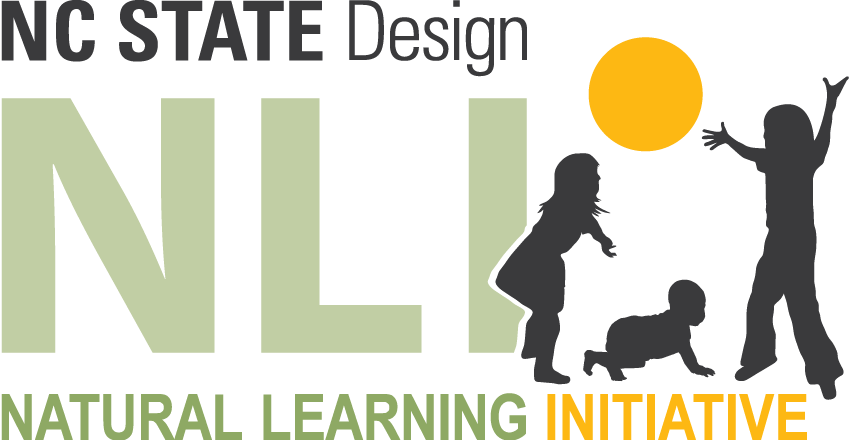The Green Desk
Primary Pathways
What is a primary pathway?
Primary pathways are a functional necessity in childcare outdoor learning environments and promote physical activity by facilitating walking, running, chase games, and wheeled toy use (riding, pushing, pulling). They are designed to provide easy, attractive circulation throughout the outdoor learning environment and to connect classrooms to the primary settings of infant, toddler, and preschool areas. Primary pathways provide a spatial structure that simplifies OLE navigation for children. Primary pathways also serve as accessible routes and allow teachers to move quickly through the OLE when necessary.
How wide should I make my primary pathway?
Primary pathways should be wide enough to accommodate intense pedestrian and wheeled-toy traffic, helping children stay on the pathway and pass each other without conflict.
In our experience, primary pathways within preschool outdoor learning environments should be a minimum of 5 feet, with a preferred width of 6 feet. Primary pathways within infant and toddler outdoor learning environments can be narrower (4 feet minimum) because the children are smaller and do not move through the environment as quickly.
What materials should be used for primary pathways?
Primary pathways can be constructed of concrete, fine crushed stone, or mulch. Each option has its benefits. Concrete pathways are the most stable, require the least amount of maintenance, and are the most expensive. The concrete can be stained or have color integrated to give it more natural color and help it blend into the surroundings. Finely crushed stone pathways are less stable and require some maintenance, but may be less expensive than concrete pathways, depending on your location. Mulch pathways break down over time and the mulch must be replenished. Mulch pathways require more maintenance than the other two options but are the least expensive initial investment.
Primary Pathway Attributes
- Looped. No dead ends.
- Curvy. Avoid sharp corners, straightaways, and bottlenecks. The inside radius of the pathway should be no less than 10 ft. Gently curving forms integrated with adjacent plantings and other play settings provide an interesting experience and stimulate exploration.
- Connected to and centered on entrances and exits.
- Linked to primary play and learning settings and important landmarks.
- Wide enough to accommodate intense pedestrian and wheeled-toy traffic, helping children stay on the pathway and pass each other without conflict.
- Preschool: 5 ft. minimum
- Infant/Toddler: 4 ft. minimum
- Located to allow sufficient room for settings and plantings, both inside and outside the pathway.
- Offset from sand play, walls, ball courts, and fences. Provide a 3 ft. minimum buffer, planted or otherwise, between very active settings (i.e. ball courts), and immovable objects (i.e. fences, trees and walls).
- Provide buffers between hard surface pathways and sand play to avoid creating slippery surfaces.
- Smooth and flat. Longitudinal slopes should be gentle to accommodate the safe use of wheeled toys. In extremely flat areas provide positive drainage.



